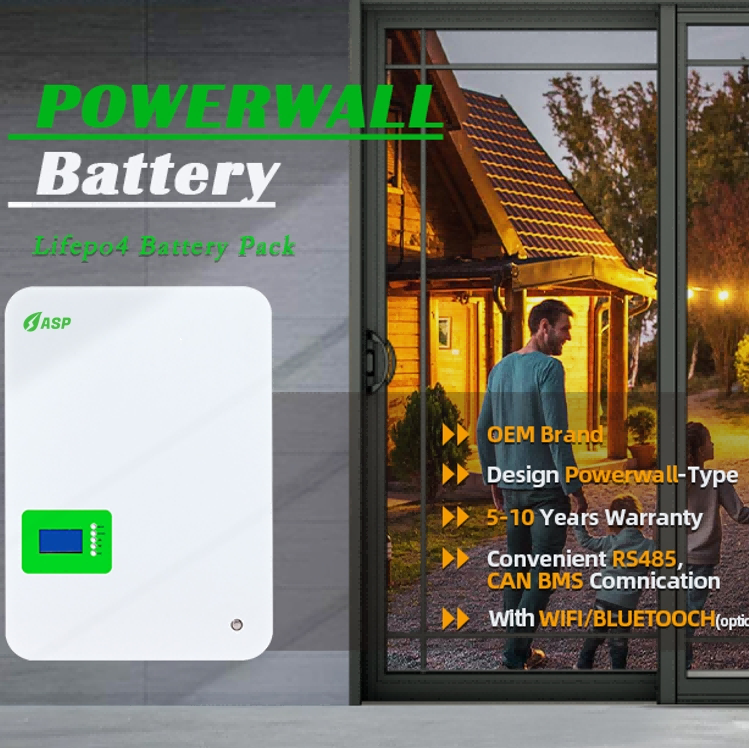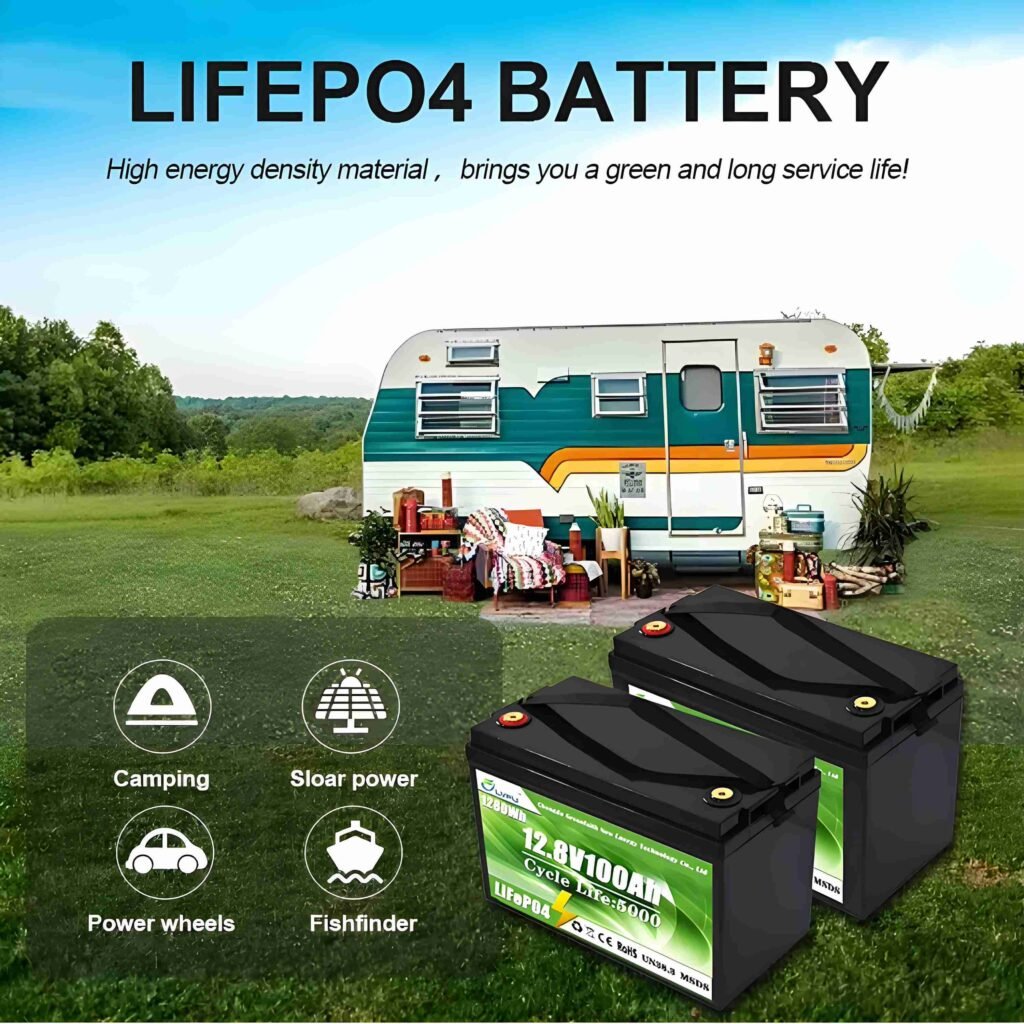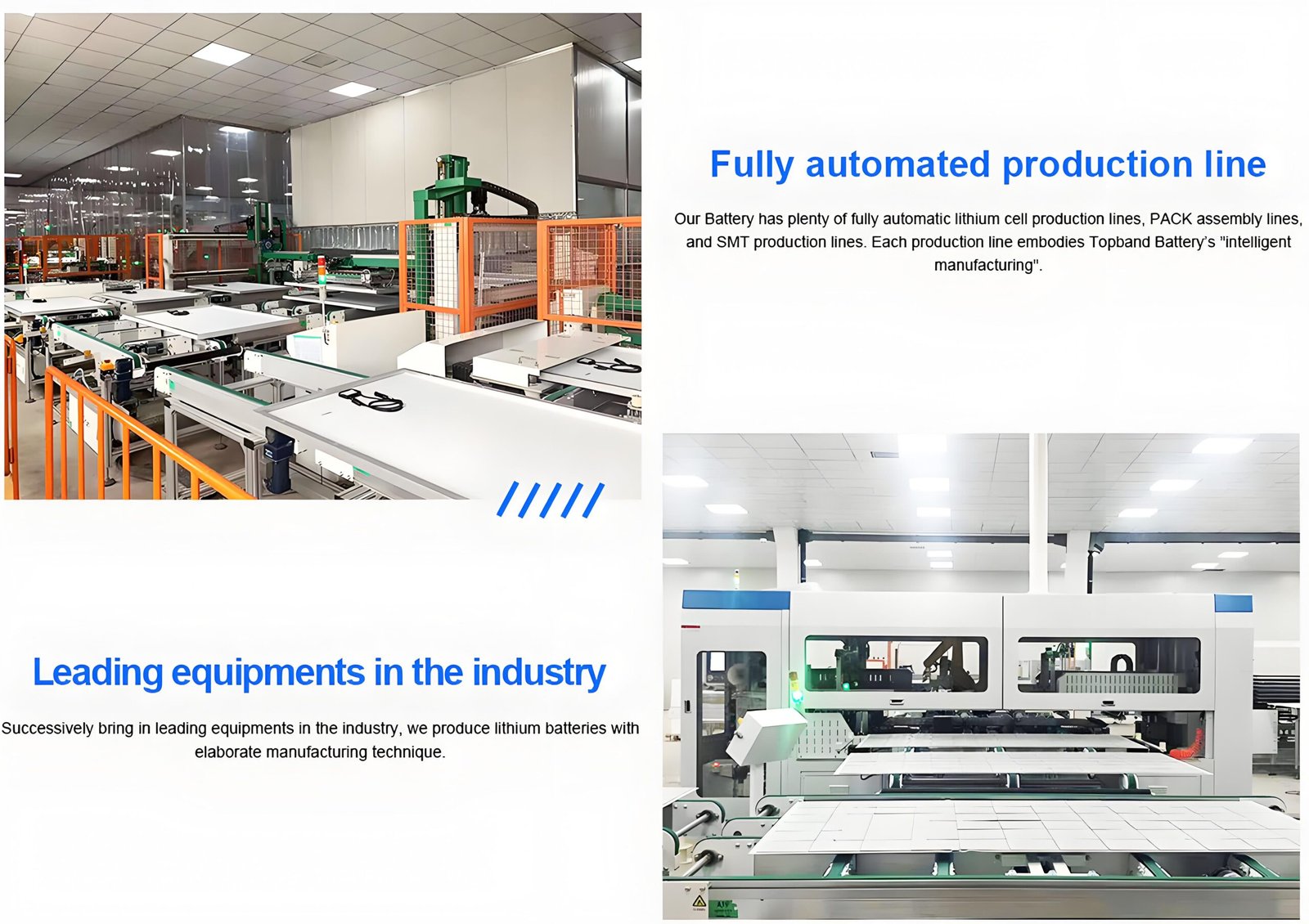Household Energy Storage LiFePO4 Battery
ASP’s Household Energy Storage LiFePO4 Battery business provides reliable, high-performance energy storage solutions for residential customers, offering long-lasting, safe, and efficient power backup with advanced LiFePO4 technology.
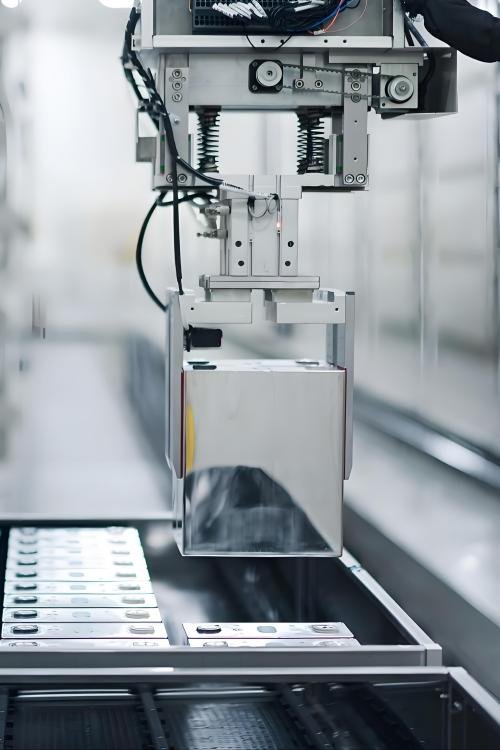
Advanced battery manufacturing technology
Dry Electrode Coating
Solvent-free process reducing energy use and waste.
Laser Welding
Precise, fast, and reliable tab and casing welding.
High-Precision Calendering
Ensures uniform electrode thickness for better performance.
AI-Driven Quality Control
Real-time defect detection for higher production yield.
Vacuum Electrolyte Infusion
Complete electrolyte penetration for improved stability.
Solid-State Integration
Safer, compact batteries with solid electrolytes.
more about ASP LiFePO4 Battery
At ASP, our LiFePO4 Battery factory uses advanced technology to ensure high-quality, reliable energy solutions. With a long precipitation time for optimal battery performance, we focus on safety and durability in every step of production. Our professional team follows strict quality standards to deliver batteries that offer excellent cycle life and dependable power. Trust ASP for safe, long-lasting LiFePO4 Batteries you can rely on.
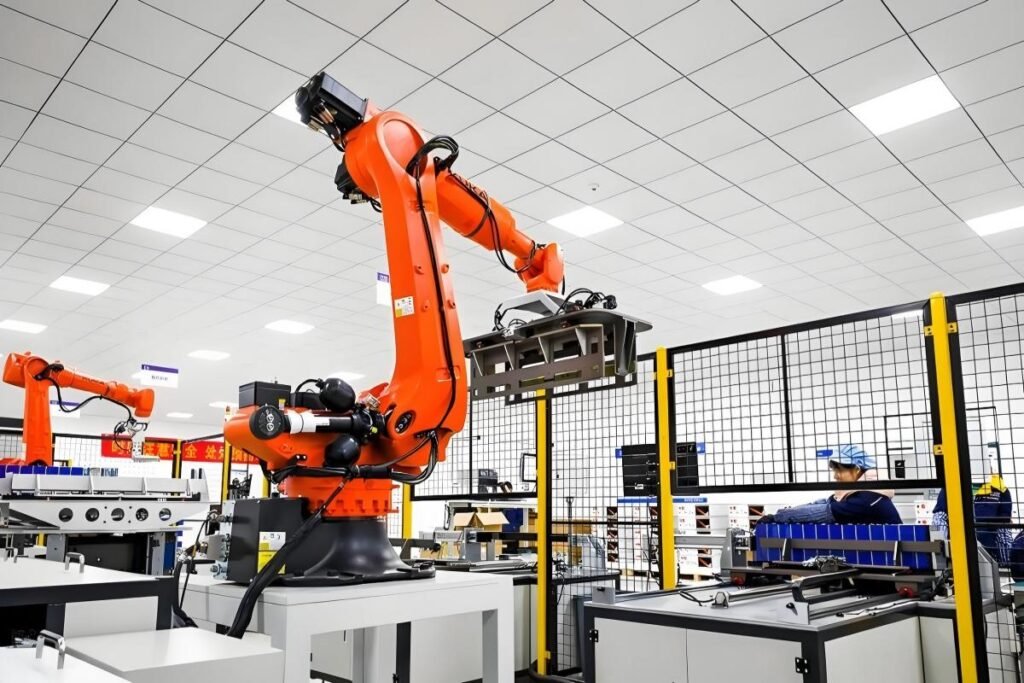





At ASP, we prioritize quality and compliance, and our LiFePO4 Batteries are fully certified to meet international safety and performance standards. Our batteries come with key certifications including CE, UL, ISO 9001, ISO 14001, RoHS, and IEC 62619, ensuring they meet the highest industry benchmarks. These certifications guarantee not only the safety and reliability of our products but also their efficiency and long-term performance. When you choose ASP, you’re choosing certified, high-quality LiFePO4 Batteries you can trust for your energy storage needs.

At ASP, we pride ourselves on our strong global presence, having participated in some of the most prestigious international exhibitions in the renewable energy and solar sectors. These events have provided us with invaluable opportunities to connect with industry leaders, showcase our premium Deye Hybrid Inverters, LiFePO4 Batteries, and other innovative energy solutions, and strengthen relationships with customers worldwide.。

At ASP, our commitment to providing high-quality Deye Hybrid Inverters and LiFePO4 Batteries has resulted in exceptional customer satisfaction across a wide range of industries and regions. With a presence in Europe, Southeast Asia, and Africa, our products have empowered businesses to improve their energy solutions, reduce costs, and achieve long-term sustainability.






Frequently Asked Questions
The total capacity of the battery depends on the model you choose, with options typically ranging from 3 kWh to 20 kWh or more. To determine if it will meet your household’s energy storage and backup needs, we can help assess your average daily energy consumption. For example, a 5 kWh battery can typically power essential appliances (lights, refrigerator, etc.) for 8-10 hours during an outage. If your needs are higher, we can recommend a larger battery capacity or even a stackable battery solution to ensure full coverage during outages and off-grid use.
Our LiFePO4 batteries typically support over 6000 charge/discharge cycles before their capacity drops to 80%. This ensures that the battery will maintain most of its original capacity over many years of use, providing long-term reliability for both energy storage and backup applications. With LiFePO4 technology, you benefit from a battery that lasts significantly longer than traditional lead-acid options.
Our batteries are equipped with a comprehensive range of safety features to ensure safe operation:
- Overcharging Protection: The Battery Management System (BMS) prevents overcharging by monitoring the voltage levels and disconnecting the battery when necessary.
- Overheating Protection: The BMS also manages temperature control to prevent overheating, activating cooling mechanisms if needed.
- Short-Circuit Protection: If a short circuit is detected, the system will immediately shut down to protect both the battery and any connected systems.
- Overcurrent Protection: The BMS limits excessive current flow, preventing damage from power surges.
Yes, our batteries are compatible with a wide range of solar inverters, including Deye Hybrid Inverters, as well as other popular brands. The battery is designed for easy integration with your existing setup, whether you are adding it to a new system or retrofitting it to an existing one. The system typically uses standard communication protocols (e.g., CANbus) for seamless communication between the battery and the inverter, ensuring optimal performance. We can assist with compatibility checks and guide you through the integration process.
The space and installation requirements vary depending on the battery model and capacity. For most household applications, the battery is compact and designed to fit easily in a garage, utility room, or basement. The installation process is straightforward, as the battery can be wall-mounted or placed on the floor. We provide installation guidelines, and if needed, we can recommend qualified installers to ensure a safe and efficient setup. The battery is designed for residential use, so installation is typically hassle-free and does not require specialized infrastructure.
We offer a 5-year standard warranty on our batteries, with the option to extend to 10 years depending on the model. The warranty covers defects in materials and workmanship, as well as significant performance degradation (e.g., capacity loss beyond 20%) during normal usage. Should any issues arise during the warranty period, we offer free replacement or repair services. We are committed to ensuring that your battery continues to perform at its best over time, and our after-sales support team is always available to assist with any questions or concerns.
Household Energy Storage LiFePO4 Battery Buyer's Guide
Here’s a LiFePO4 Battery Buyer’s Guide for Household Energy Storage, designed to help you evaluate and choose the best battery for your needs. The guide covers the key technical parameters to consider during the selection process:
Chapter 1
Battery Voltage
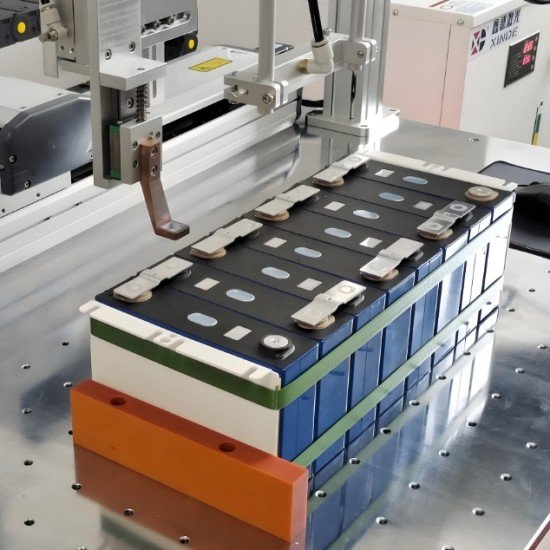
- What it is: The nominal voltage of LiFePO4 cells is typically 3.2V per cell. Household energy storage systems usually require a higher voltage, so batteries are often configured in series.
- What to consider: Choose a voltage that aligns with your system requirements:
- 12V: Small systems or backup power.
- 24V: Suitable for moderate energy needs.
- 48V: Larger systems, typically for home solar energy storage.
- Tip: Ensure the voltage matches your inverter and other system components.
Chapter 2
Battery Capacity (Ah or kWh)
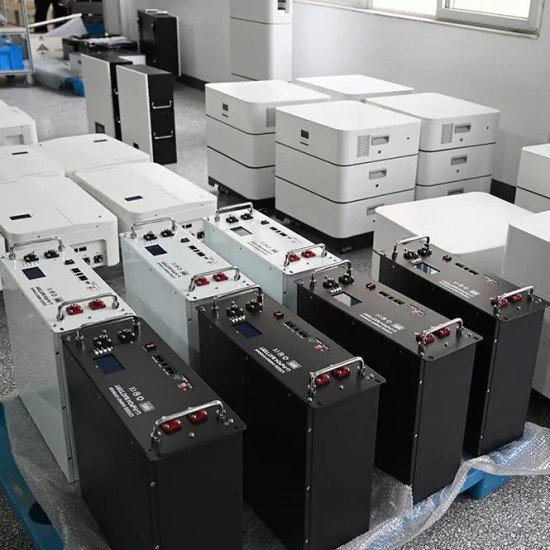
- What it is: Battery capacity measures how much energy the battery can store, typically in ampere-hours (Ah) or kilowatt-hours (kWh).
- What to consider:
- Higher capacity means more stored energy and longer power backup.
- Estimate your daily energy consumption (in kWh) to choose the right battery size. For instance, if your household uses 3 kWh per day, a 4-5 kWh battery might be a good starting point for backup.
- Tip: Overestimate your needs slightly to ensure enough capacity for high-demand periods.
Chapter 3
Cycle Life
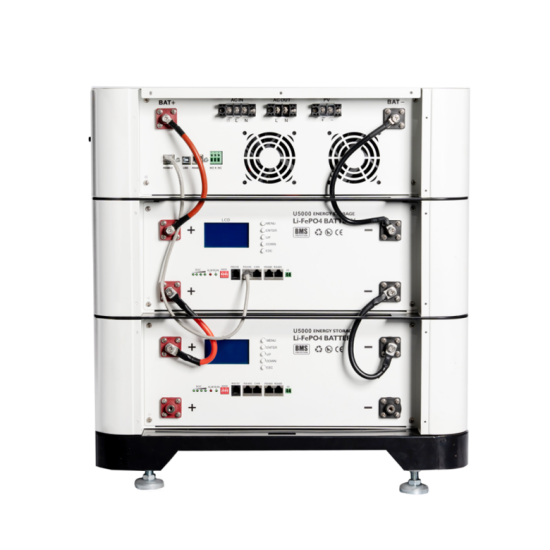
- What it is: Cycle life refers to the number of complete charge and discharge cycles a battery can go through before its capacity drops to around 80% of the original capacity.
- What to consider: LiFePO4 batteries generally have a long cycle life, ranging from 3,000 to 5,000 cycles. This results in a long lifespan, making them ideal for residential use.
- Tip: Look for batteries with a cycle life of 5,000 cycles or more if longevity is crucial for your investment.
Chapter 4
Depth of Discharge (DoD)
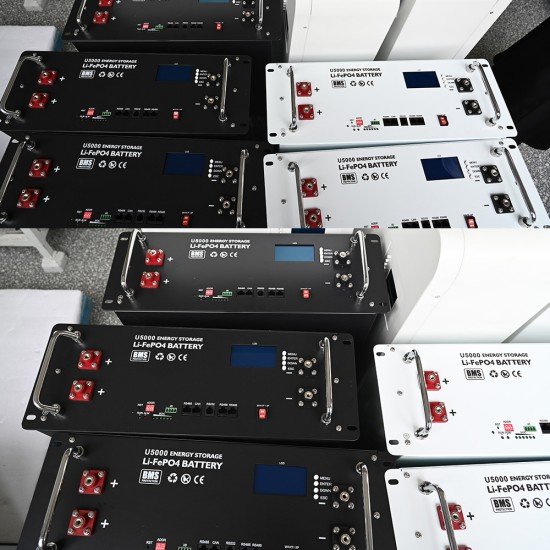
- What it is: DoD represents how much of the battery’s capacity can be used without significantly affecting its lifespan.
- What to consider: LiFePO4 batteries typically support a 100% DoD, meaning you can safely use the entire capacity of the battery without harming its longevity.
- Tip: Opt for batteries with high DoD for maximum usable capacity.
Chapter 5
Energy Efficiency
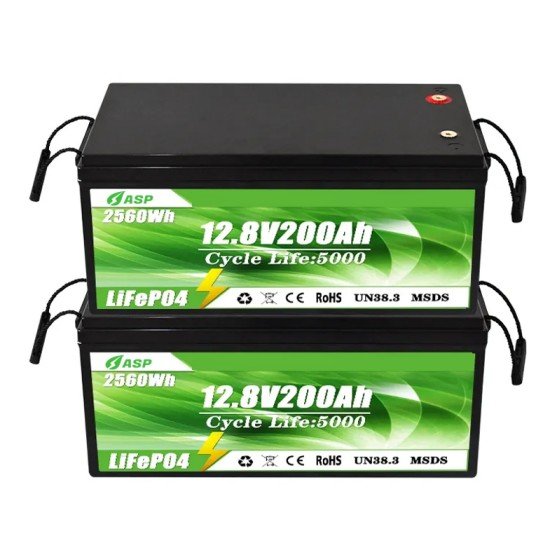
- What it is: Energy efficiency measures how much energy is retained after charging and discharging the battery, with minimal loss.
- What to consider: LiFePO4 batteries generally offer 95% or higher round-trip efficiency.
- Tip: Look for batteries with high efficiency to maximize energy savings and minimize losses.
Chapter 6
Charging and Discharging Rates (C-rate)

- What it is: The C-rate defines the rate at which a battery charges or discharges.
- A 1C charge rate means the battery can be charged fully in one hour.
- A 0.5C discharge rate means it can deliver half of its capacity in one hour.
- What to consider:
- Ensure that the charge and discharge rates match your application’s needs.
- For standard household energy storage, 0.5C to 1C is typically sufficient.
- Tip: Check if the C-rate aligns with the charging system and inverter specifications.
Chapter 7
Battery Management System (BMS)
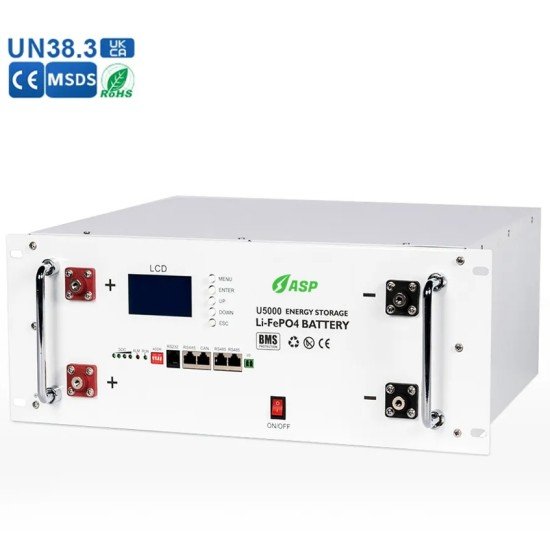
- What it is: A BMS is a crucial safety feature that manages the battery’s operation, preventing overcharging, over-discharging, and overheating.
- What to consider: Ensure the battery has an integrated or compatible BMS for:
- Overvoltage and undervoltage protection.
- Thermal management.
- Balancing of cells for better performance and longevity.
- Tip: A good BMS will significantly enhance safety and extend the battery’s lifespan.
Chapter 8
Safety Features
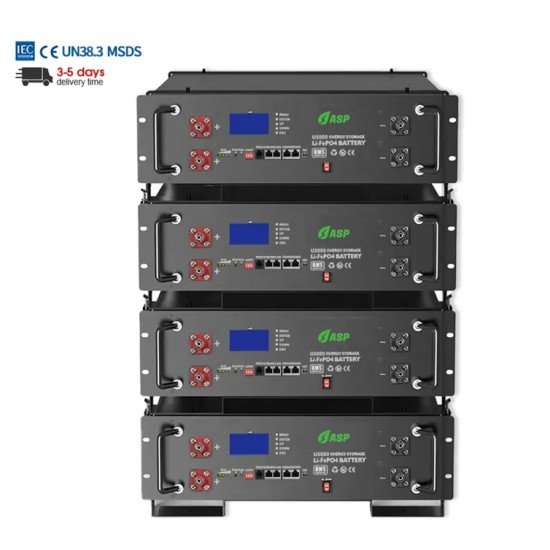
- What it is: LiFePO4 batteries are generally safer than other lithium-based chemistries, but additional safety features can further enhance protection.
- What to consider: Look for batteries with:
- Short-circuit protection.
- Overcharge and over-discharge protection.
- Thermal protection.
- Fire-resistant features.
- Tip: Ensure that the battery complies with international safety standards like UL1973, CE, or RoHS.
Chapter 9
Self-Discharge Rate

- What it is: The self-discharge rate indicates how much charge a battery loses when not in use.
- What to consider: LiFePO4 batteries have low self-discharge rates (around 2-3% per month), making them ideal for backup power applications.
- Tip: Look for low self-discharge rates to ensure the battery can hold charge over extended periods of inactivity.
Chapter 10
Scalability and Modularity
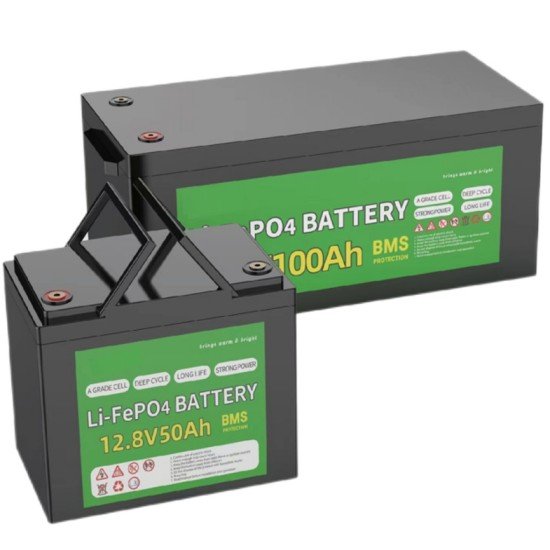
- What it is: Scalability refers to the ability to expand the system by adding more batteries if needed in the future.
- What to consider: Many systems allow you to connect multiple batteries in series or parallel for greater storage capacity. Ensure your battery system supports this.
- Tip: For future expansion, consider modular systems that allow easy scaling.
Chapter 11
Cost per kWh
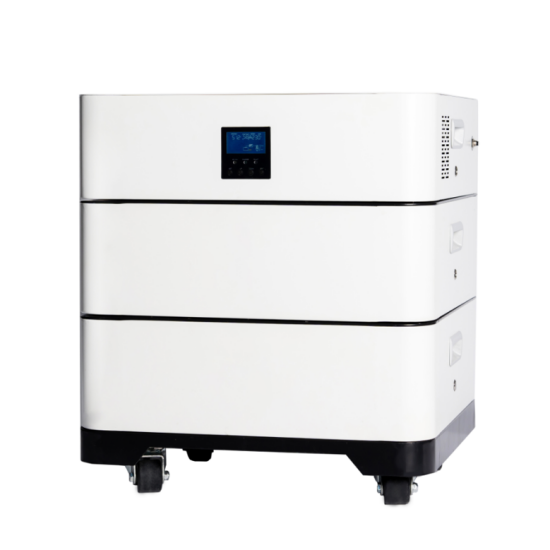
- What it is: The cost per kWh gives you an idea of how much energy you are getting for your investment.
- What to consider: Compare the cost per kWh for different batteries, factoring in lifetime costs (including cycles and efficiency).
- Tip: The initial cost may be higher for certain brands, but long-term savings on energy efficiency and cycle life can make them more cost-effective.
Chapter 12
Warranty and Support

- What it is: A strong warranty can provide peace of mind and protect your investment.
- What to consider: Look for a 5-10 year warranty or coverage based on the number of cycles.
- Tip: Ensure the manufacturer offers good customer support and service options in case of issues.
Conclusion
When purchasing a LiFePO4 battery for household energy storage, it’s important to evaluate the technical specifications thoroughly to ensure the battery meets your energy needs and budget. Prioritize key factors such as capacity, cycle life, BMS, and efficiency while considering safety features and compatibility with your energy system. With the right battery, you can enjoy reliable and efficient energy storage for many years.

